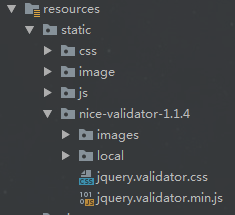类的声明
1. 构造函数
rush:js;">
function Animal() {
this.name = 'name'
}
// 实例化
new Animal()
2. ES6 class
rush:js;">
class Animal {
constructor() {
this.name = 'name'
}
}
// 实例化
new Animal()
类的继承
1. 借助构造函数实现继承
原理:改变子类运行时的 this 指向,但是父类原型链上的属性并没有被继承,是不完全的继承
rush:js;">
function Parent() {
this.name = 'Parent'
}
Parent.prototype.say = function(){
console.log('hello')
}
function Child() {
Parent.call(this)
this.type = 'Child'
}
console.log(new Parent())
console.log(new Child())
2. 借助原型链实现继承
原理:原型链,但是在一个子类实例中改变了父类中的属性,其他实例中的该属性也会改变子,也是不完全的继承
rush:js;">
function Parent() {
this.name = 'Parent'
this.arr = [1,2,3]
}
Parent.prototype.say = function(){
console.log('hello')
}
function Child() {
this.type = 'Child'
}
Child.prototype = new Parent()
let s1 = new Child()
let s2 = new Child()
s1.arr.push(4)
console.log(s1.arr,s2.arr)
console.log(new Parent())
console.log(new Child())
console.log(new Child().say())
3. 构造函数 + 原型链
最佳实践
rush:js;">
// 父类
function Parent() {
this.name = 'Parent'
this.arr = [1,3]
}
Parent.prototype.say = function(){
console.log('hello')
}
// 子类
function Child() {
Parent.call(this)
this.type = 'Child'
}
// 避免父级的构造函数执行两次,共用一个 constructor
// 但是无法区分实例属于哪个构造函数
// Child.prototype = Parent.prototype
// 改进:创建一个中间对象,再修改子类的 constructor
Child.prototype = Object.create(Parent.prototype)
Child.prototype.constructor = Child
// 实例化
let s1 = new Child()
let s2 = new Child()
let s3 = new Parent()
s1.arr.push(4)
console.log(s1.arr,s2.arr) // [1,3,4] [1,3]
console.log(s2.constructor) // Child
console.log(s3.constructor) // Parent
console.log(new Parent())
console.log(new Child())
console.log(new Child().say())
总结
以上所述是小编给大家介绍的JavaScript 面向对象(推荐)的相关知识,希望对大家有所帮助,如果大家有任何疑问欢迎给我留言,小编会及时回复大家的!






